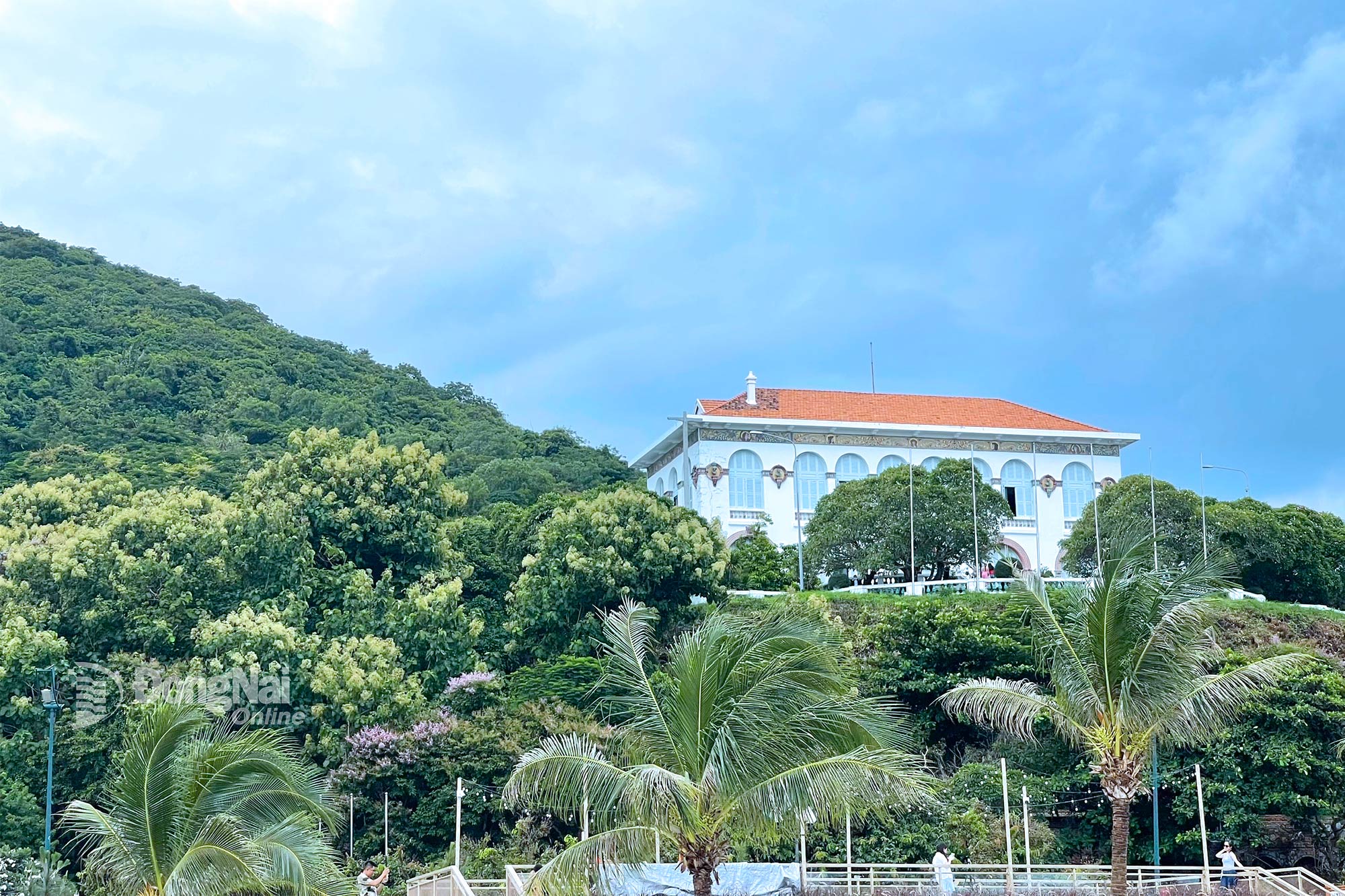 |
| Bach Dinh seen from Hon Ru Ri. Photo: Lam Vien |
A French architecture in the middle of a beautiful landscape
Looking from Ru Ri Islet towards Vung Tau beach, Bach Dinh stands out on the mountainside with a 3-storey white building with a red roof, against the green background of the forest of rosewood and frangipani trees surrounding an area of about 6 hectares. When arriving at the gate of the relic site, to get to Bach Dinh, visitors must go through a cool rosewood forest that is over 100 years old. Walking on the winding walkway between the old forest with stone steps covered with green moss due to time, breathing in the fresh air, visitors seem to step into another space - quieter and more refreshing, separate from the bustling space with crowded traffic just a few hundred meters away.
Once you have climbed a slope and smelled the faint scent of frangipani, Bach Dinh - a French architectural work of the late 19th century, gradually appears. The entire wall of the building is covered in pure white, highlighting the large arches and unique decorative motifs and patterns. With a harmonious interior and exterior, this villa shows the luxury and grandeur at the time of construction more than 120 years ago. And until now, Bach Dinh is still a very impressive work for domestic and foreign tourists.
Bach Dinh relic site was recognized as an architectural relic and scenic spot according to Decision 983/VH.QD dated August 4, 1992 of the Ministry of Culture and Information.
“When I came to Bach Dinh, I saw many couples choosing it as a place to take wedding photos. My friends and I were also excited to take many check-in photos because this place has beautiful architecture, the scenery on one side is mountains overlooking the sea, very poetic” - Ms. Thuy Dung, a guest who came to take photos at this location shared.
Researching information at the relic site shows that the location of the Bach Dinh relic site in the 1820s was Phuoc Thang fortress of the Nguyen Dynasty. History records that a memorable event took place here: on February 10, 1859, the army and people at Phuoc Thang fortress achieved a resounding victory when they first opened fire to resist the French colonial invaders attacking Cochinchina. Since 1898, this fortress was razed to build a vacation home for the French Governor-General of Indochina, Paul Doumer, and later high-ranking officials of the French-American period.
Understand more about a period of the country's history
The Nguyen Dynasty - the last dynasty of the feudal regime in our country had 13 kings. King Thanh Thai was the 10th king of the Nguyen Dynasty. He ascended the throne at the age of 10 and in the context of our country being colonized by the French. He witnessed many events of the royal family and the misery of the working people, so he understood the fate of a country being colonized and oppressed.
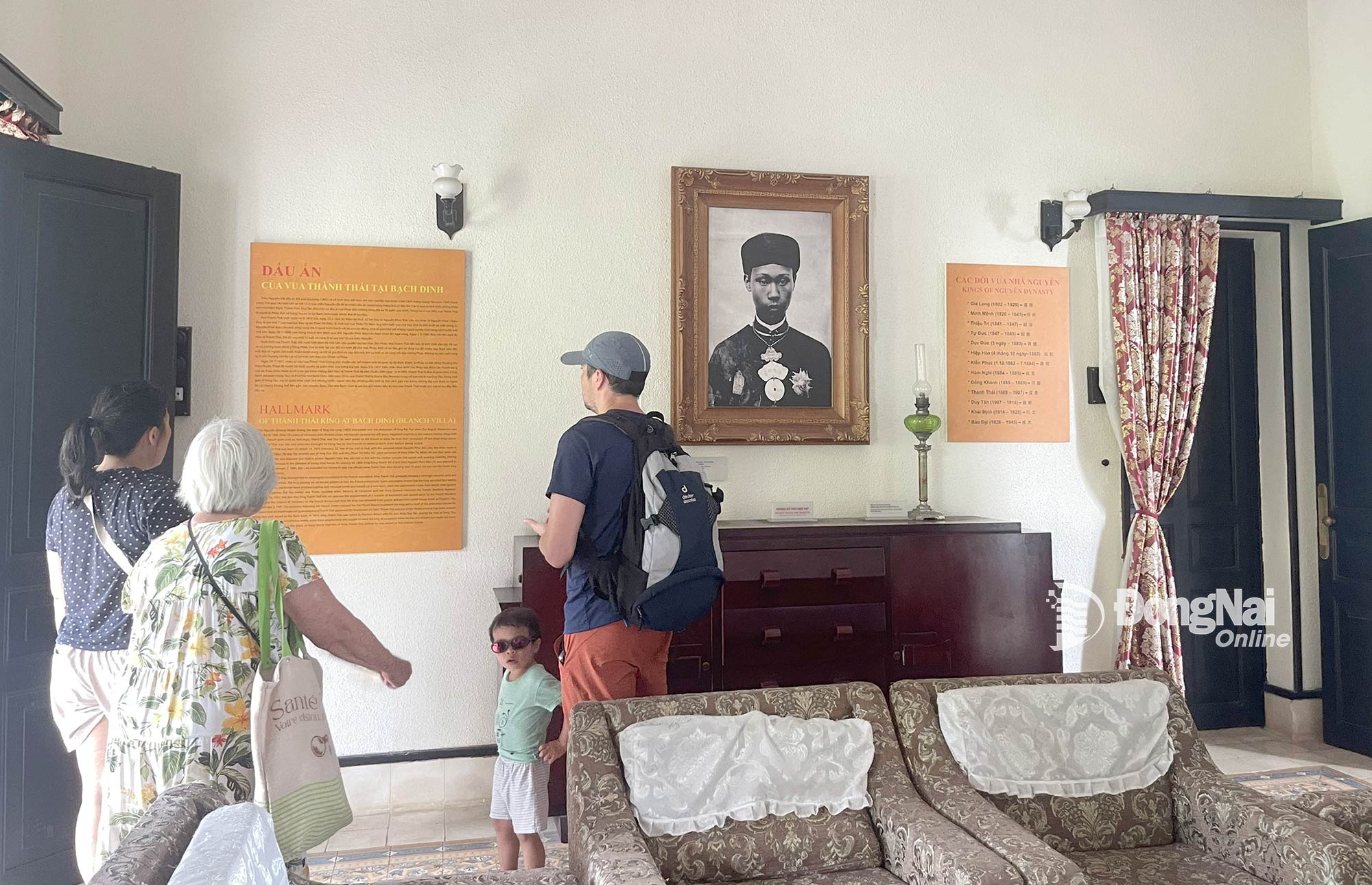 |
| Visitors learn about King Thanh Thai. Photo: Lam Vien |
During his reign, King Thanh Thai showed a very high national spirit, with anti-French activities such as: secretly establishing troops for training, waiting for the opportunity to rise up against the French, not approving the appointment of a number of pro-French officials... After being forced to abdicate, on September 12, 1907, he was taken to Vung Tau, placed under house arrest in Bach Dinh, and imprisoned in his own country for many years before being exiled to Reunion Island - a French colony in Africa - with his son, King Duy Tan in 1916. Although the king was under strict house arrest, according to documents at the relic, many local people knew and tried to meet the king on occasions when the king was allowed to go out, but could not get close to talk.
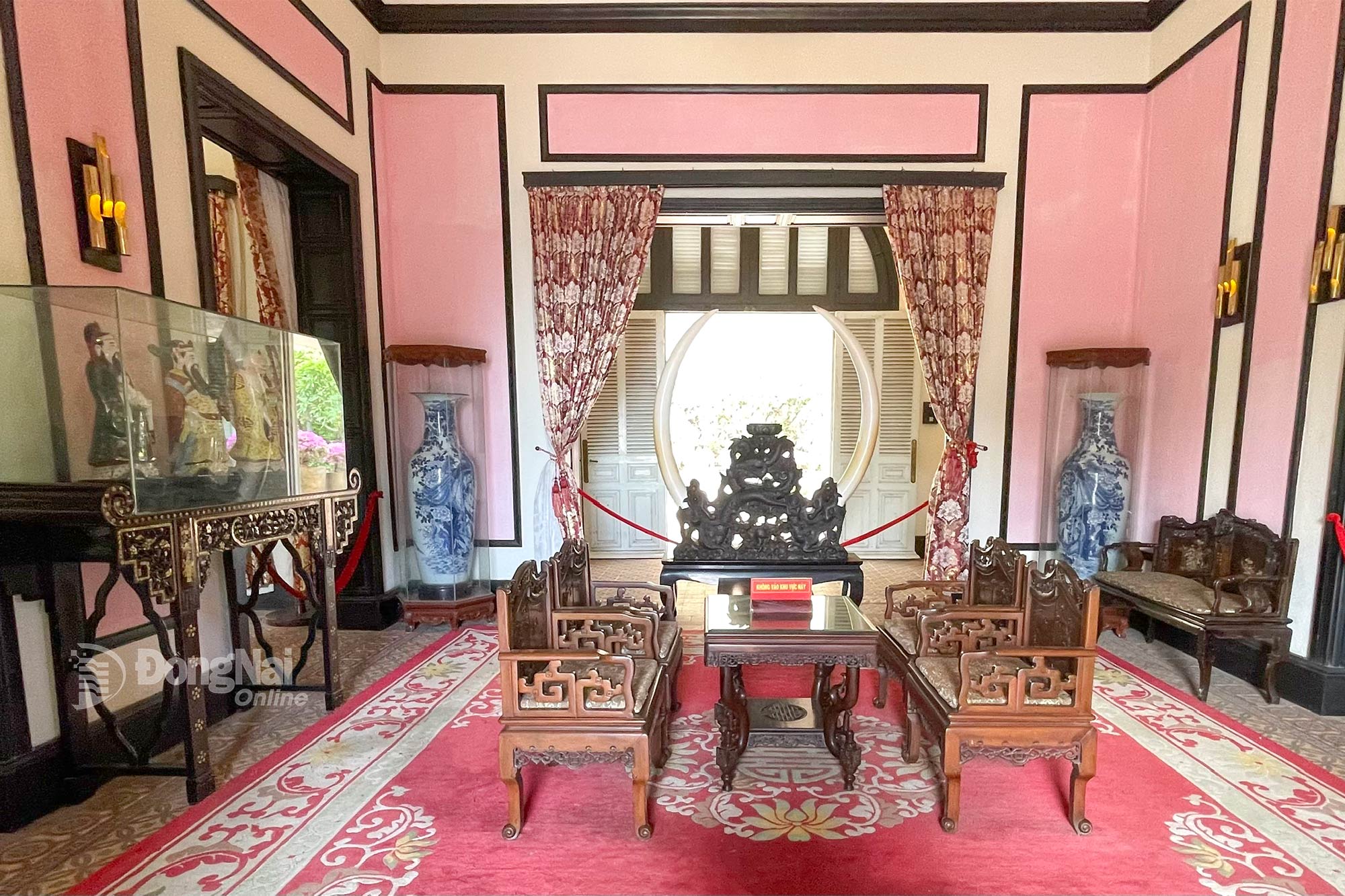 |
| The reception room has many valuable artifacts, notably a colored glazed ceramic vase from Bien Hoa, Dong Nai , early 20th century. Photo: Lam Vien |
The name Bach Dinh is interesting. The French Governor-General of Indochina, Paul Doumer, named this villa after his wife, Blanche Doumer, villa Blanche, which means Blanche Palace. In French, Blanche means white, which also coincides with the color of the building, so people called it Bach Dinh. When King Thanh Thai was captured and placed under house arrest by the French colonialists, this building was also called Ong Thuong Palace.
The White Palace is where many of King Thanh Thai's imprints are kept. One of those special imprints is the stele containing the poem Sau Tay Be Cap, composed by King Thanh Thai himself:
Live in vain knowing today
See this country
The horse horn has not forgotten the old story
Silkworm intestines demand the Western sorrow
Thanh Xuan is covered in thousands of miles of mist and clouds.
The Sea Level is surrounded by waves on all sides.
Gunfire day and night like music
Even iron and stone frown!
The poem carries the melancholy of a patriotic king who loves his people, always carrying resentment for not being able to help his people and country against colonial rule.
“Previously, when studying literature and history, teachers introduced the poem Sau Tay be cap, but when I visited Bach Dinh - the place where the king was imprisoned for many years before being exiled, I felt more sympathetic and moved” - Ms. Nguyen Ngoc Nhi (student living in Bien Hoa ward, Dong Nai province) shared.
Coming to Bach Dinh, admiring the mountains and seas and learning about the cultural and historical artifacts and stories, each person will feel pity for the fate of the patriotic king Thanh Thai, which is also a sad slice of history of our country when it was invaded, thereby appreciating more the value of peace and independence today.
Lam Vien
Source: https://baodongnai.com.vn/van-hoa/202509/den-bach-dinh-nghe-chuyen-ve-vi-vua-yeu-nuoc-3e011d7/



![[Photo] Prime Minister Pham Minh Chinh chairs the Government's online conference with localities](https://vphoto.vietnam.vn/thumb/1200x675/vietnam/resource/IMAGE/2025/10/5/264793cfb4404c63a701d235ff43e1bd)

![[Photo] Prime Minister Pham Minh Chinh launched a peak emulation campaign to achieve achievements in celebration of the 14th National Party Congress](https://vphoto.vietnam.vn/thumb/1200x675/vietnam/resource/IMAGE/2025/10/5/8869ec5cdbc740f58fbf2ae73f065076)




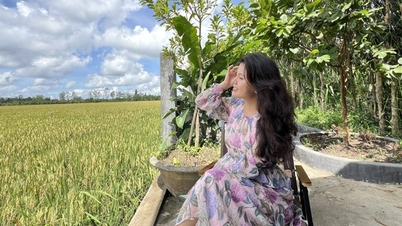

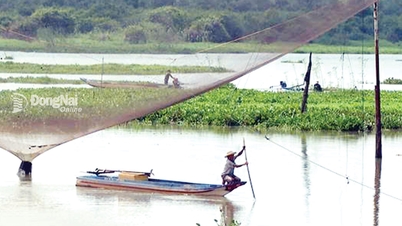




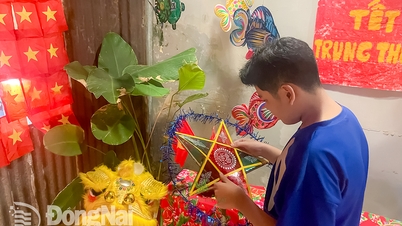




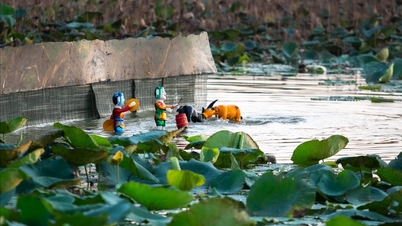

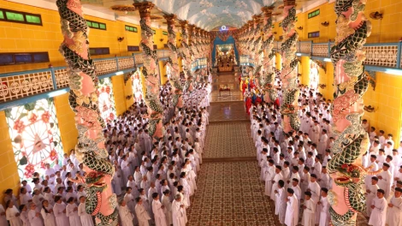


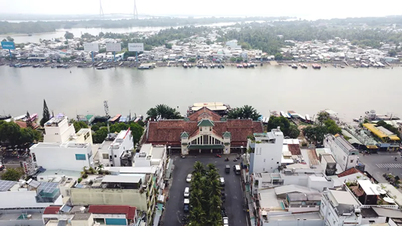





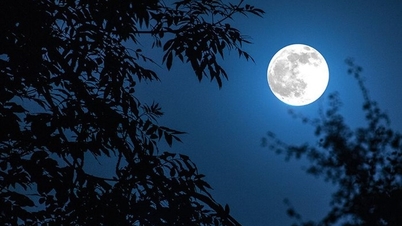


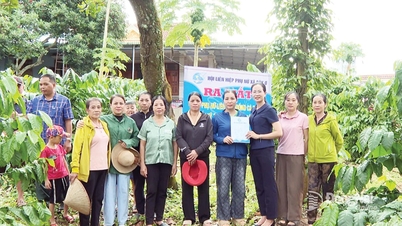
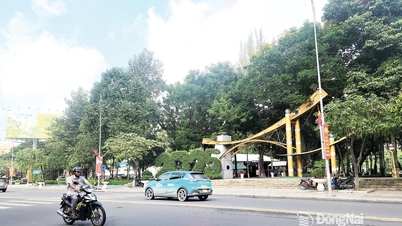




























![[VIDEO] Summary of Petrovietnam's 50th Anniversary Ceremony](https://vphoto.vietnam.vn/thumb/402x226/vietnam/resource/IMAGE/2025/10/4/abe133bdb8114793a16d4fe3e5bd0f12)

![[VIDEO] GENERAL SECRETARY TO LAM AWARDS PETROVIETNAM 8 GOLDEN WORDS: "PIONEER - EXCELLENT - SUSTAINABLE - GLOBAL"](https://vphoto.vietnam.vn/thumb/402x226/vietnam/resource/IMAGE/2025/7/23/c2fdb48863e846cfa9fb8e6ea9cf44e7)














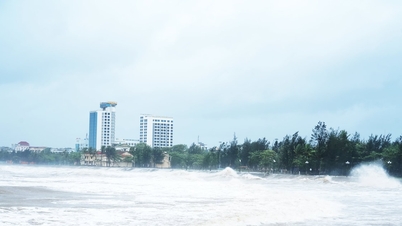



















Comment (0)